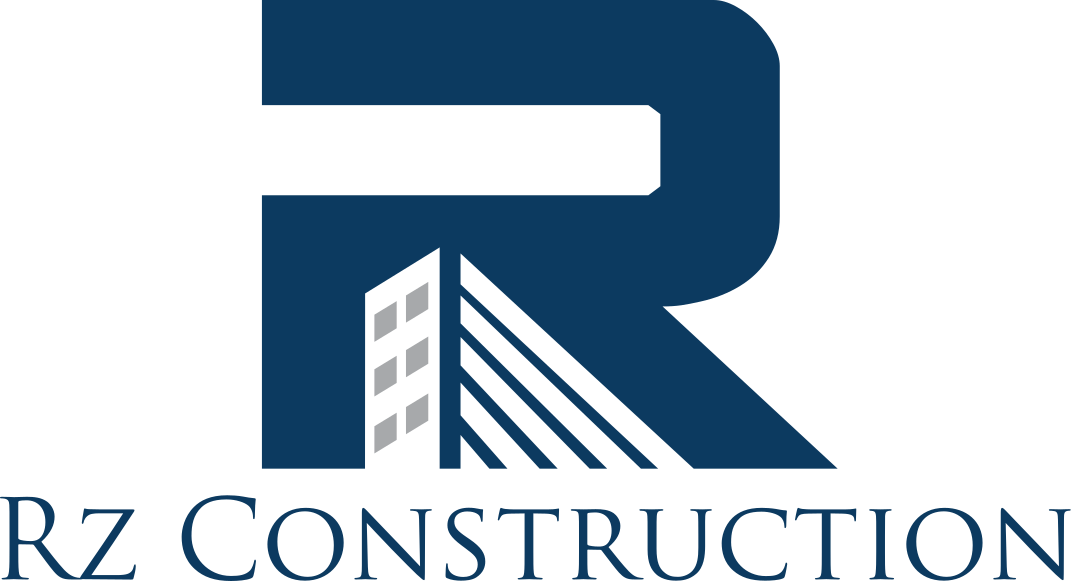Parapet walls play a crucial role in protecting buildings, yet they are often overlooked when it comes to waterproofing. Failure to properly waterproof these walls can result in serious problems like leaks, peeling paint, and structural problems. This article lists typical mistakes made when waterproofing parapet walls and offers helpful advice on how to avoid them. Knowing these things can help you save time, money, and effort whether you’re a homeowner, outside painter, or inside painter.
1. Using Inappropriate Waterproofing Materials
Mistake: Choosing the Wrong Material for the Job
Using materials not intended for the task is one of the most frequent mistakes made when waterproofing parapet walls. Although they may appear more affordable, generic solutions such as ordinary paint or inferior sealants may not offer long-term defense against water intrusion.
Impact: Short-Term Fixes That Lead to Long-Term Problems
Under severe weather conditions, the waterproofing layer may rapidly erode if the wrong materials are employed. Interior painters may find it difficult to fix the interiors as a result of fractures, water seepage, and eventual damage.
Solution: Invest in High-Quality Waterproofing Products
Always choose items made especially for parapet wall construction. Bituminous membranes, polyurethane-based sealants, and elastomeric coatings are all great choices. To be sure you’re utilizing the appropriate material for the particular requirements of your wall, speak with an experienced or reliable outside painter to ensure that it is appropriate.
2. Ignoring Proper Surface Preparation
Mistake: Skipping Cleaning and Repair Work
The significance of surface preparation prior to waterproofing is often overlooked. The efficacy of the coating may be harmed if waterproofing products are applied to unclean, wet, or damaged surfaces.
Impact: Poor Adhesion and Premature Failure
The waterproofing material will not adhere correctly if it is not properly prepared. This causes leaks, scorching, and peeling. Water stains that permeate through the walls cause interior painters to have even more trouble.
Solution: Prioritize Surface Preparation
The parapet wall should be properly cleaned to get rid of old paint, oil, and debris before using waterproofing chemicals. Use an appropriate filler to fix any holes or cracks. Before beginning the waterproofing procedure, make sure the surface is totally dry. If necessary, work with skilled exterior painters who frequently have the equipment and know-how to prepare surfaces effectively.
3. Overlooking Regular Maintenance and Inspections
Mistake: Treating Waterproofing as a One-Time Job
Many people assume that once a parapet wall is waterproofed, it’s a permanent fix. This misconception can lead to neglect, allowing small issues to escalate into major problems over time.
Impact: Hidden Damage and Costly Repairs
Over time, weather exposure can cause wear and tear and cracks. In the absence of routine inspections, these problems may remain undetected until they result in substantial interior damage, necessitating the involvement of both exterior and interior painters.
Solution: Schedule Regular Checks and Maintenance
At least twice a year, and particularly before and after the rainy season, check your parapet walls. Opt for parapet wall waterproofing and Check for peeling, cracks, or indications of water seepage. Minor problems should be addressed right away to avoid getting worse. A qualified exterior painter can assist in locating trouble spots and applying touch-ups to strengthen the waterproofing coating.
Maintaining the structural integrity and aesthetic appeal of your structure requires proper parapet wall waterproofing. You can avoid expensive repairs and enjoy a well-protected home or building by avoiding improper materials, making sure the surface is thoroughly prepared, and committing to routine maintenance. Keep in mind that knowledgeable exterior and interior painters can offer professional advice if you’re unclear about the procedure. By doing these things now, you can guarantee a safe and attractive building for many years to come.
